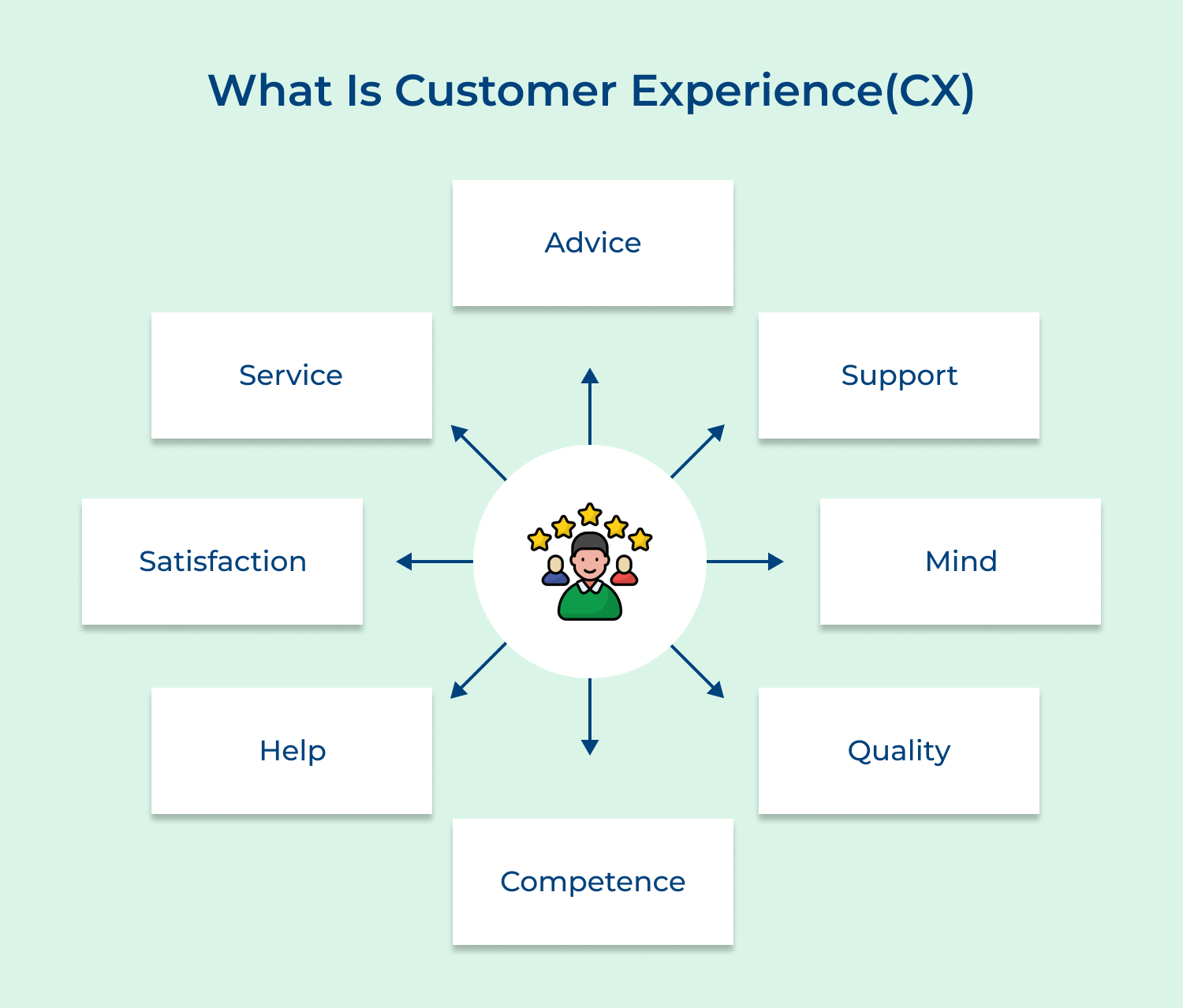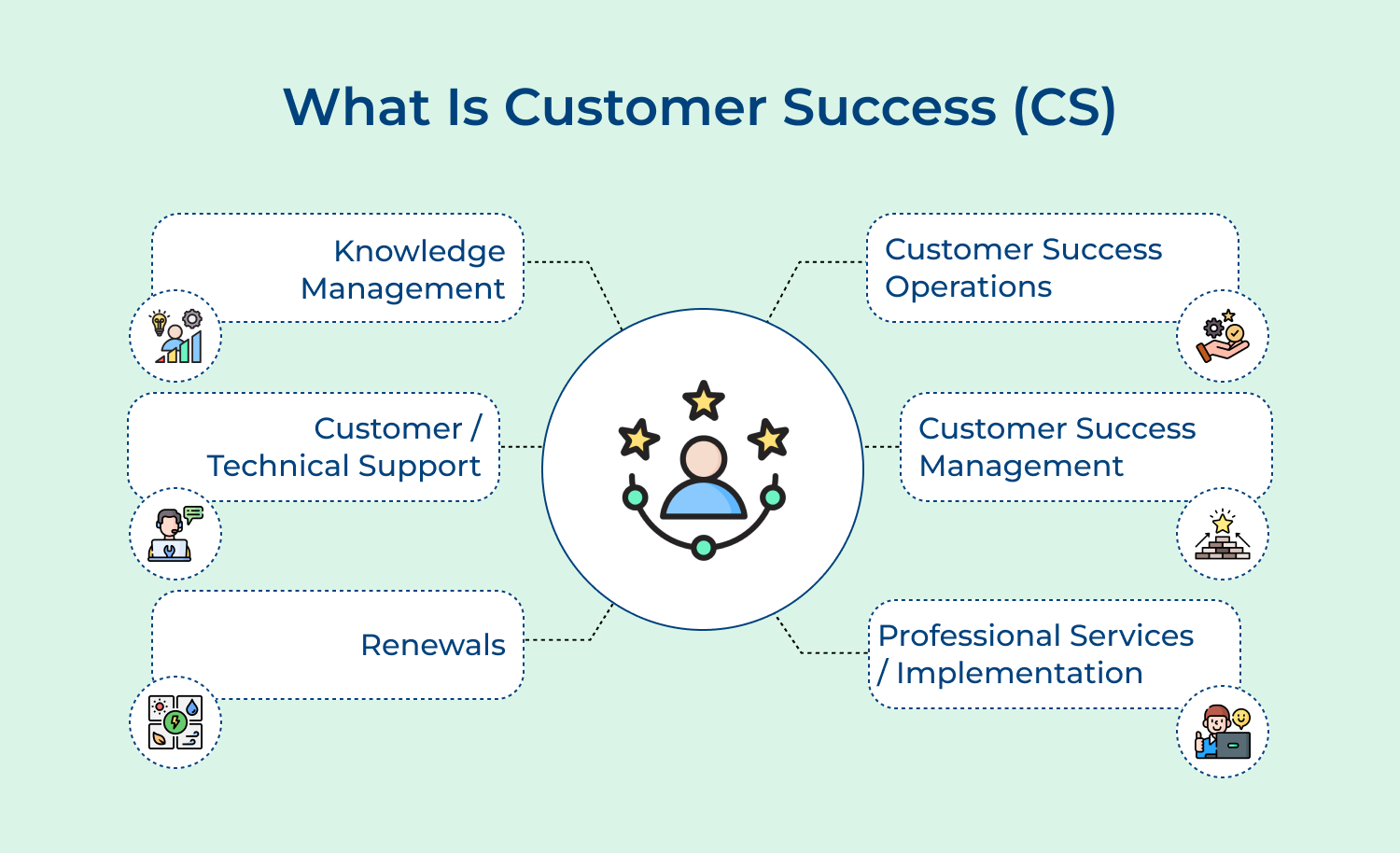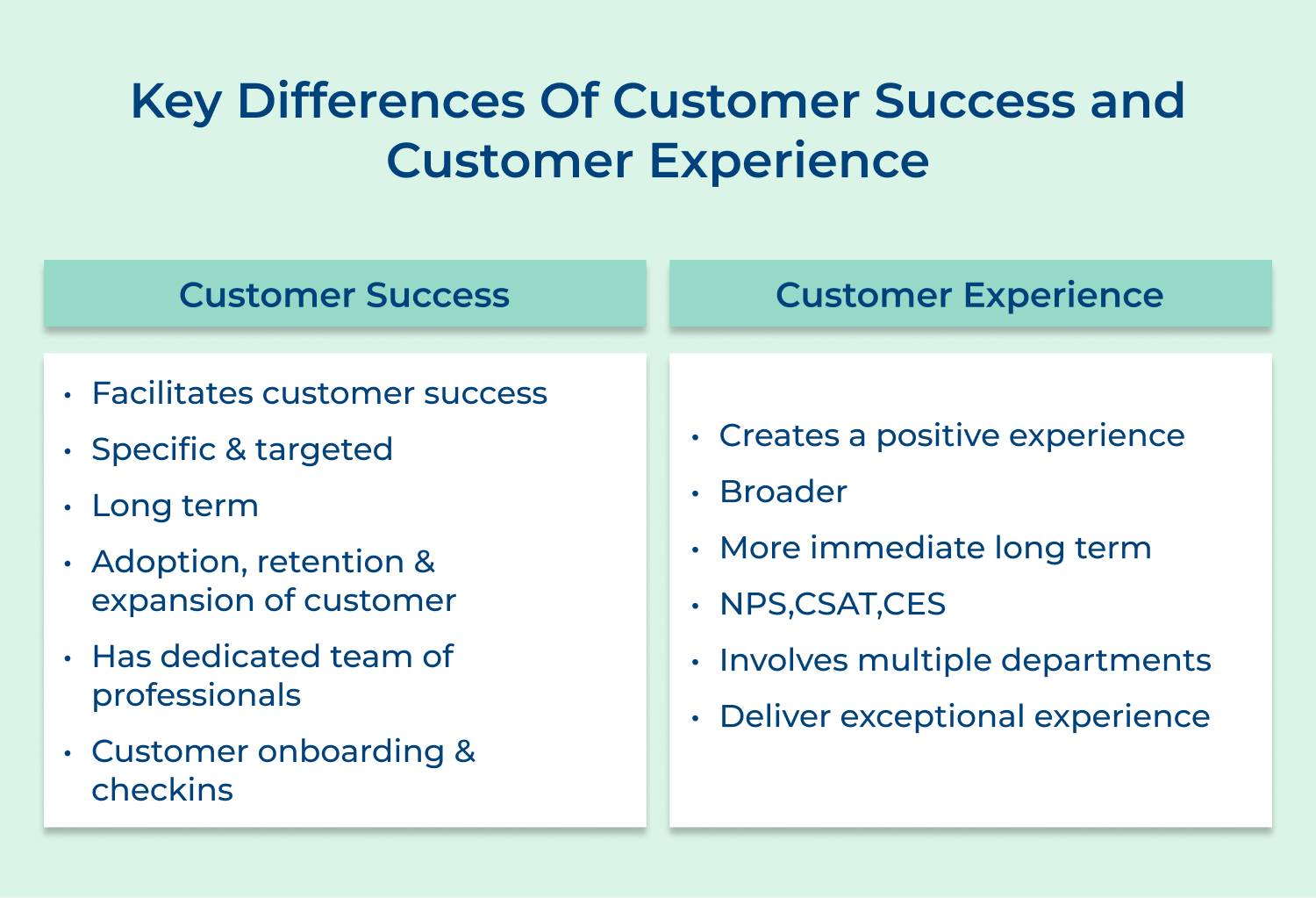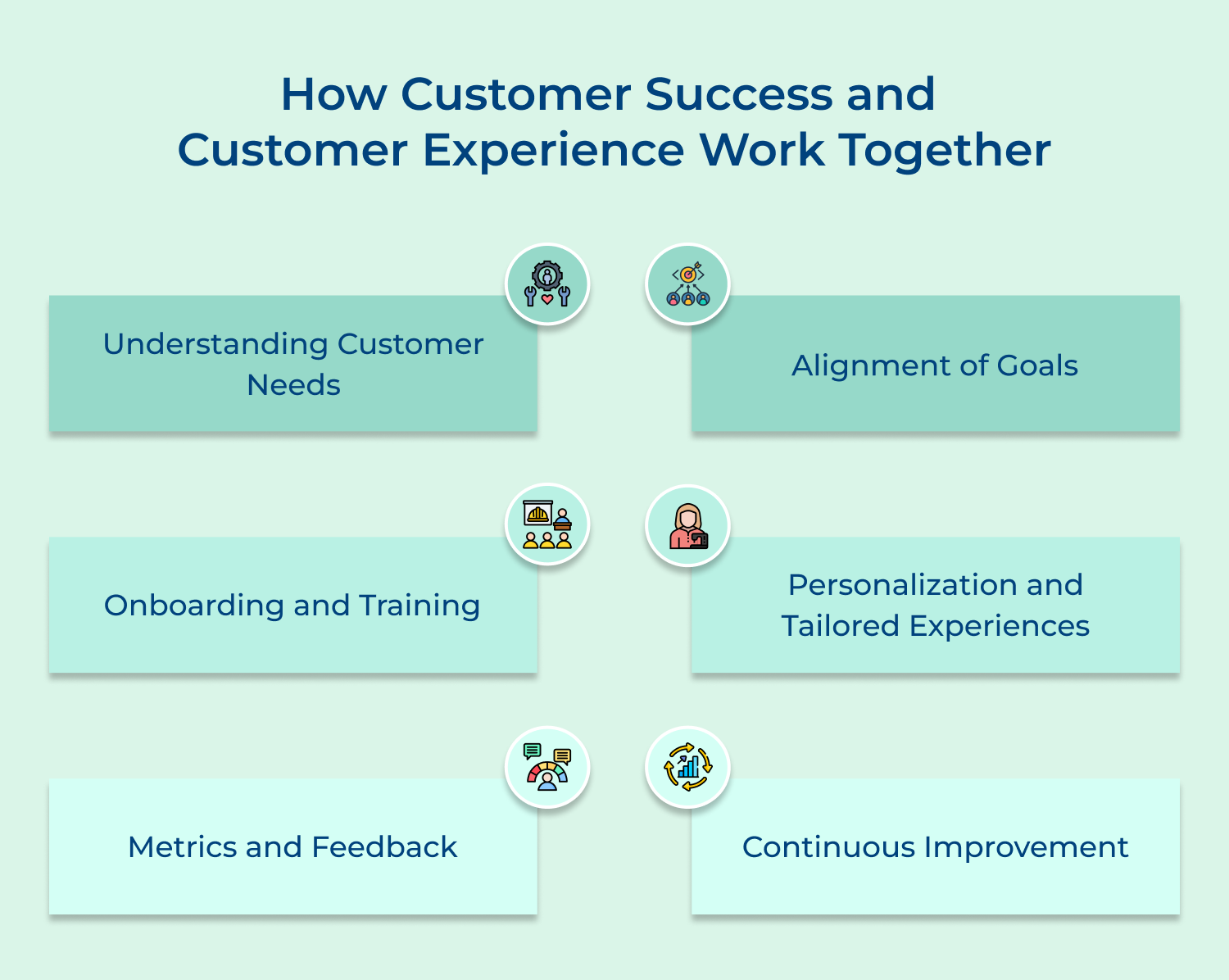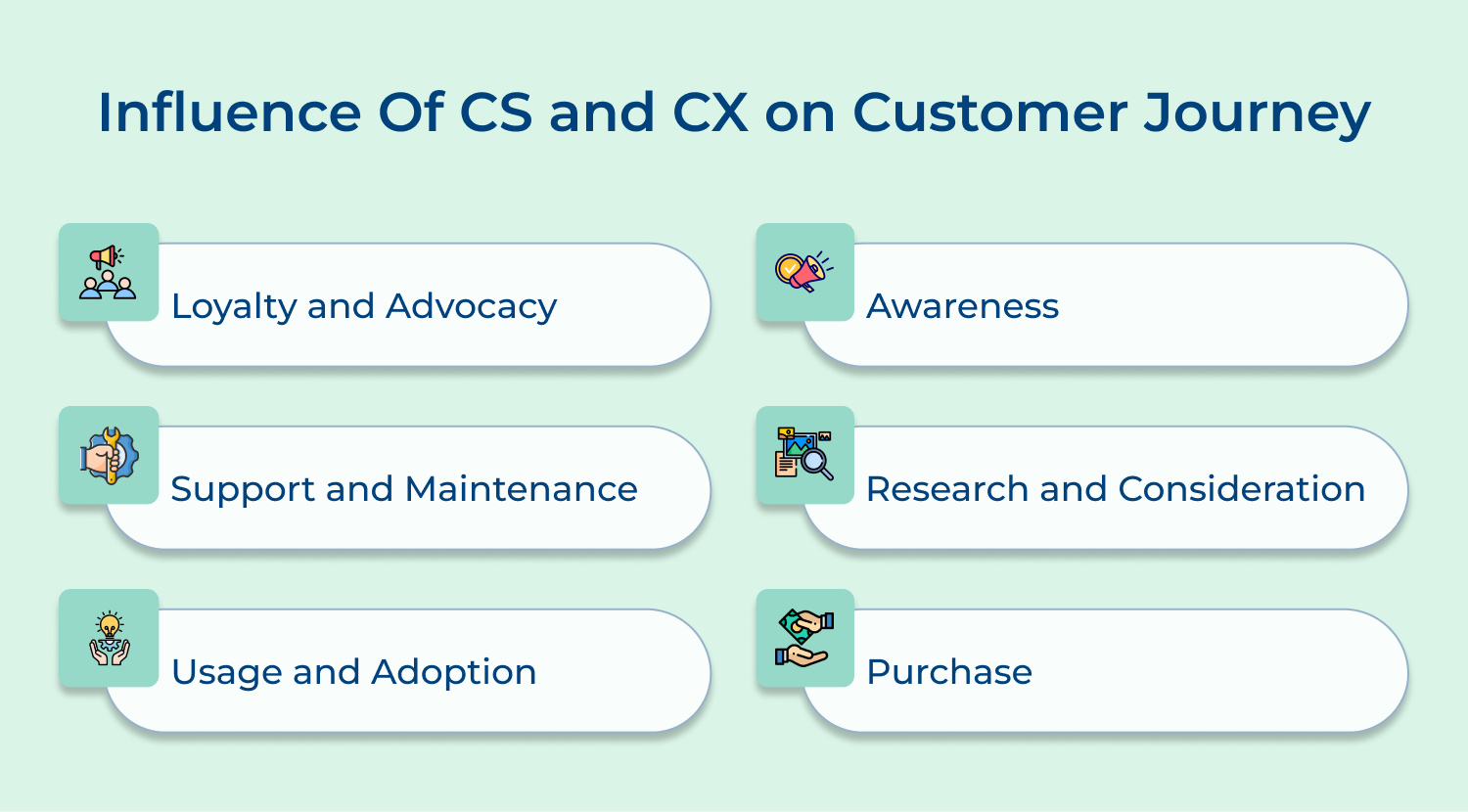1. Focus
Customer Success is primarily focused on ensuring that customers achieve their desired outcomes. It involves proactively assisting customers throughout their journey, helping them derive maximum value from a product or service. Customer Success professionals work closely with customers, offering guidance, support and resources to facilitate their success.
Customer Experience is about creating a positive overall experience for the customer at each touchpoint. It involves everything from the first interaction with a brand to post-purchase support. Customer Experience professionals aim to deliver seamless, personalized and memorable interactions that leave a lasting impression on customers. In fact, 86% of the customers are willing to pay more for better customer experience.
2. Scope
Customer Success is more specific and targeted. It concentrates on individual customer accounts, understanding their unique needs and goals, while tailoring strategies to drive their success. Customer Success managers closely monitor customer metrics and engagement to identify areas of improvement as well as take proactive steps to address them.
Customer Experience is broader in scope. It encompasses the entire customer journey, focusing on the end-to-end experience. It involves creating positive interactions across various touchpoints, such as the website, customer service and product usage. Customer Experience teams analyze customer feedback and data to identify pain points as well as optimize the overall experience.
3. Timeframe
Customer Success is often associated with long-term relationships. It involves building strong partnerships with customers and maintaining ongoing engagement to ensure their continued success. Customer Success professionals keep an eye on customer health and progress over time, working towards achieving mutually beneficial outcomes.
Customer Experience can be viewed in a more immediate time frame. It is about ensuring that each interaction along the customer journey is positive and memorable. Customer Experience teams focus on improving satisfaction and loyalty at each touchpoint, working towards creating a consistent, delightful experience.
4. Metrics
In Customer Success, the key metrics revolve around customer adoption, usage, and satisfaction. Success is measured by factors such as product adoption rates, customer retention, and expansion of the customer base. Customer Success teams use a variety of tools and technologies to track customer metrics as well as identify areas for improvement.
Customer Experience metrics focus on overall satisfaction, loyalty, and advocacy. Metrics like Net Promoter Score (NPS), Customer Satisfaction Score (CSAT) and Customer Effort Score (CES) are commonly used to gauge the effectiveness of the customer experience. Customer Experience teams analyze feedback, conduct surveys, as well as use other feedback channels to monitor customer sentiment and make necessary improvements.
5. Involvement
Customer Success often involves a dedicated team of professionals who work closely with customers. These teams have deep knowledge of the product/service while building strong relationships with customers by understanding their goals and challenges. They act as partners, providing ongoing support and guidance to ensure customer success.
Customer Experience is a collaborative effort that involves multiple departments within an organization. It requires alignment along with coordination across marketing, sales, customer service and other teams to deliver a consistent experience. Customer Experience professionals act as advocates for the customer, working to break down silos and ensure a holistic customer-centric approach.
6. Responsibility and Function
Customer Success is typically a dedicated function within a company that focuses on helping customers achieve their goals and ensuring their success. It involves activities like customer onboarding, training, ongoing support and regular check-ins.
Customer Experience is a broader concept that involves multiple departments and touchpoints within a company. It is the collective responsibility of everyone in the organization to design and deliver exceptional experiences at every customer interaction point.
How Customer Success and Customer Experience Work Together
While they may seem similar at first glance, customer success and customer experience actually have distinct roles while working hand-in-hand to ensure customer satisfaction.
